10 Tips for Starting Your Wine Collection on the Right Foot
Starting a wine collection can be an exciting and rewarding experience, whether you’re a beginner or a seasoned enthusiast. With the right approach, you can build a collection that suits your tastes and grows in value over time. From exploring different wine varieties to understanding storage and aging, a few thoughtful steps will ensure that your collection thrives.
This post may contain affiliate links, which helps keep this content free. Please read our disclosure for more info.
Start with What You Like

As you begin your wine collection, it is essential to start by focusing on wines that match your taste. If you already have a preference for a certain type, like a bold red or a light white, this will give you a solid foundation to build on. Wines that align with your tastes will make the collection more enjoyable from the start. Familiarity with these wines will also give you confidence as you explore other options in the future.
Starting with what you like will also help you understand your palate better. The more wines you taste, the easier it will be to identify subtle differences and learn what appeals to you most. This knowledge will serve as a guide when you decide to branch out and experiment with wines from different regions or grape varieties.
Expand Your Knowledge Through Tastings and Research

Wine tastings are one of the best ways to develop a deeper understanding of wine. By tasting wines in a group setting or at a vineyard, you get exposure to wines that you might not have picked up on your own. Tastings allow you to compare different wines side by side, helping you recognize the differences in aromas, flavors, and textures, which is invaluable when selecting wines for your collection.
Additionally, doing your research, whether through books, online resources, or wine experts, is a great way to learn more about different grape varieties, regions, and wine-making techniques. The more you know about how wines are produced and what makes each bottle unique, the better equipped you’ll be to make informed choices when adding to your collection. This knowledge will give you confidence in picking wines that have aging potential or that will pair well with specific meals.
Experiment with Different Regions and Varieties

A key tip for starting your wine collection on the right foot is to experiment with wines from different regions and grape varieties. While it’s tempting to stick to what you know, branching out allows you to discover new tastes and develop a broader understanding of wine. Different regions have their signature styles of wine, and by tasting wines from various areas, you’ll learn to appreciate the diversity of flavors that each region offers.
Exploring various varieties will help you better understand how terroir, the environmental factors that affect grape-growing, influences the final product. For example, a Cabernet Sauvignon from California will have a different profile than one from France’s Bordeaux region. Experimenting with wines from different places will not only expand your palate but also allow you to create a collection that reflects the diversity of the wine world.
Keep Track of Your Selections
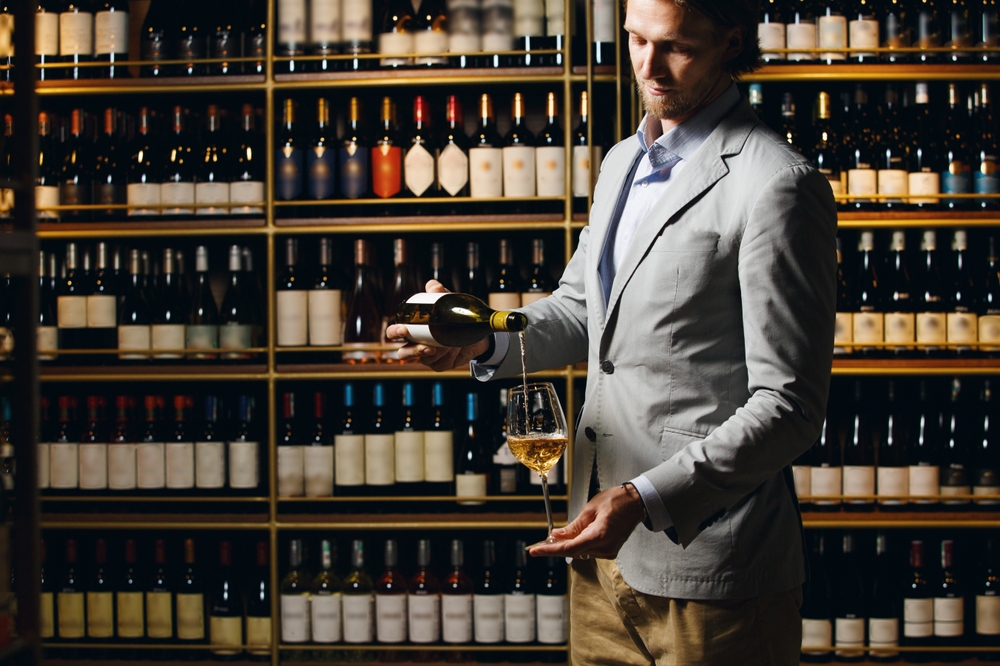
As you begin collecting wines, it’s crucial to keep a record of the bottles you’ve purchased, tasted, and enjoyed. This can be done with a simple notebook or a dedicated wine app. Not only does this help you remember what you like, but it can also prevent you from purchasing duplicates or bottles you’ve already tried.
Tracking your selections also allows you to note important details, such as vintage, grape variety, and region, which will come in handy when revisiting wines or when purchasing new bottles to build on your collection. Over time, this will help you refine your taste and understand which wines perform best in your collection over the years.
Start with Affordable Wines
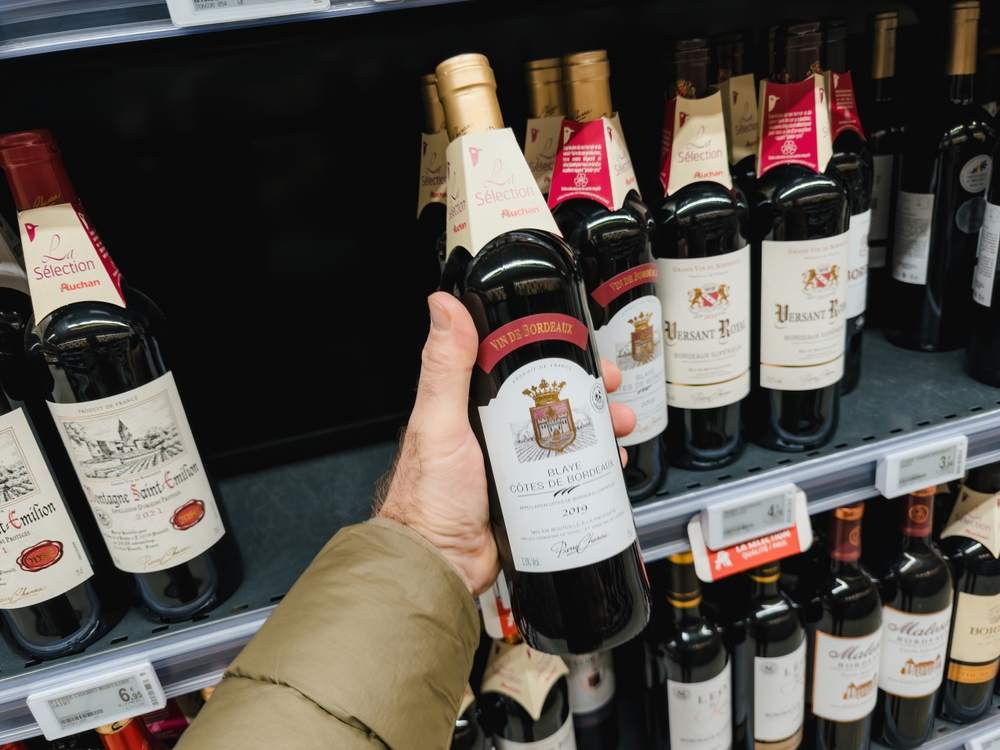
While building a wine collection, it’s easy to get tempted by expensive bottles, but it’s wise to start with affordable wines, especially in the beginning. There are plenty of excellent wines at a lower price point that will give you a taste of different styles without breaking the bank. By purchasing a mix of wines in your early stages, you can try various options without the financial strain.
As your knowledge grows, you will learn how to spot great value wines and recognize wines that have aging potential. Building a strong base of affordable wines will give you a solid foundation for your collection, allowing you to gradually add more expensive or rare bottles as your confidence and experience increase.
Focus on Storage Conditions
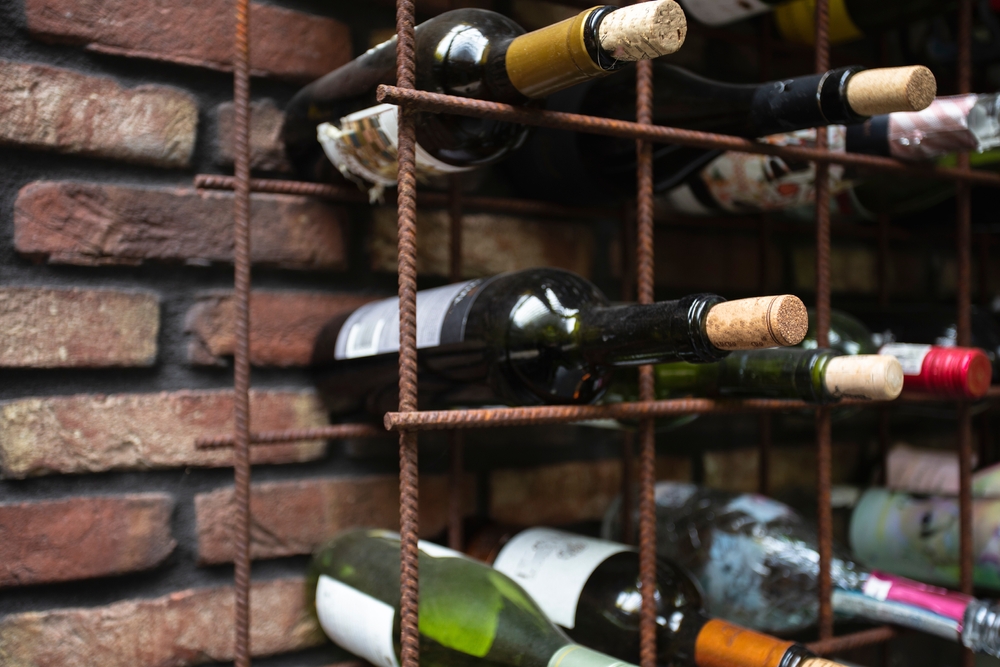
Proper wine storage is key to preserving the quality of your collection. Wine should be stored in a cool, dark place with consistent temperatures, away from direct sunlight and vibration. A wine fridge or wine cellar is ideal, but even a dedicated space in your home can work as long as the conditions are controlled.
By maintaining the right storage conditions, you ensure that your wines will age well over time. This is especially important if you plan to collect wines with aging potential. Proper storage will keep your collection in optimal condition, allowing you to enjoy it when the time is right.
Learn About Wine Aging Potential
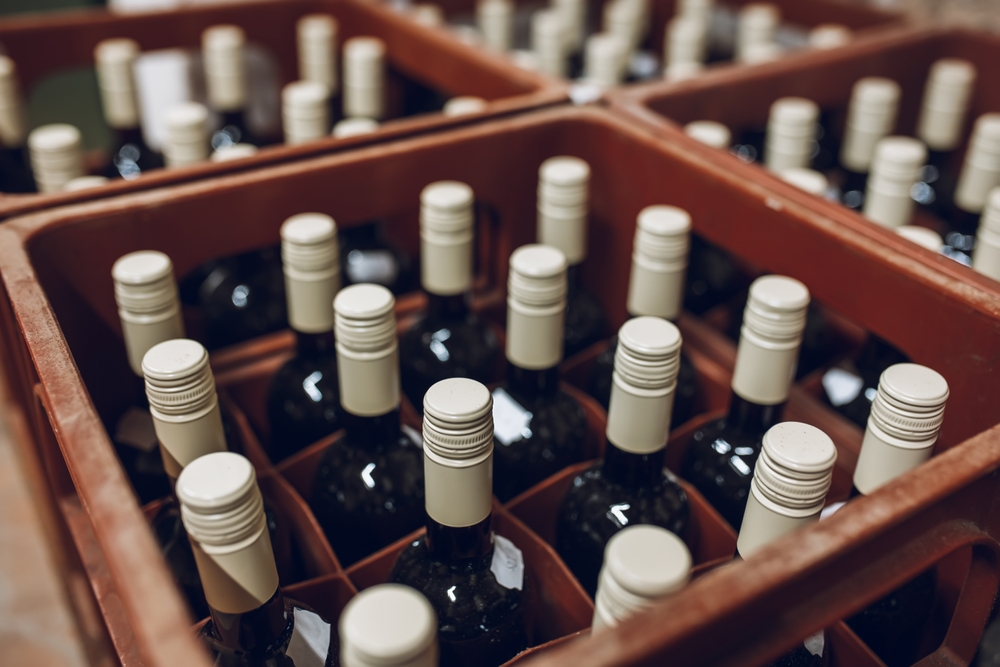
Not all wines are meant to age, and understanding the aging potential of your wine collection is crucial. Some wines improve with age, developing more complex flavors over time, while others are best enjoyed within a few years of release. Researching the wines you add to your collection and knowing which ones are meant to age will help you make better purchasing decisions.
Aging potential depends on factors such as acidity, tannin levels, and sugar content, as well as the storage conditions. If you’re interested in having wines age in your collection, look for bottles that are known to improve over time, such as Bordeaux reds or vintage Port. By selecting wines with aging potential, you create a collection that will continue to evolve and mature.
Seek Recommendations from Experts
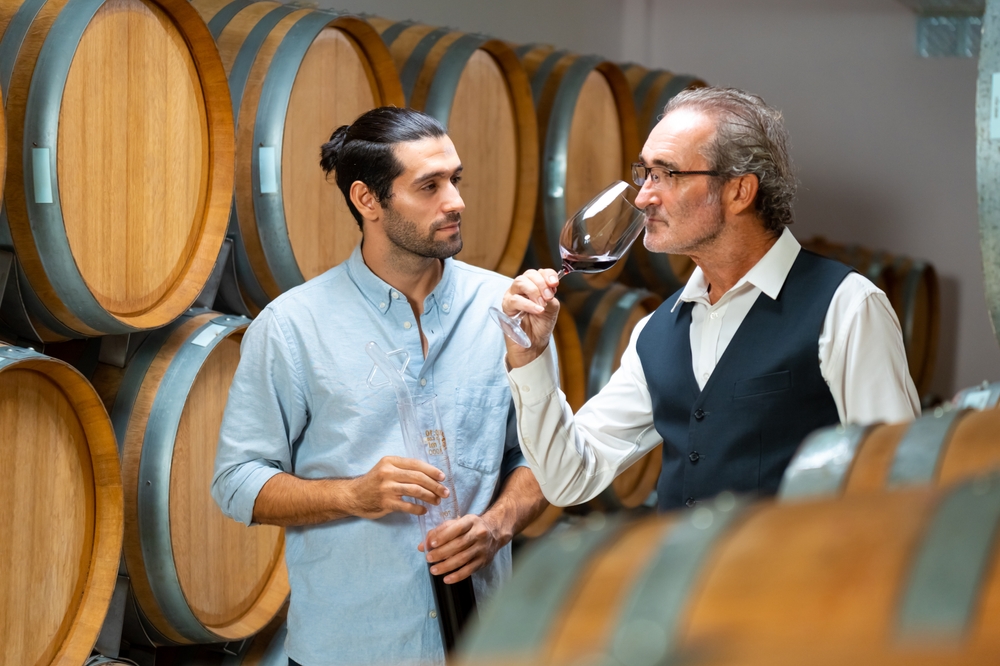
One of the best ways to expand your wine knowledge and ensure you’re making smart choices for your collection is by seeking recommendations from wine experts. Sommeliers, wine shop owners, and even fellow collectors can offer valuable insights on new wines, emerging regions, or bottles that are expected to become highly sought after. Experts can also help you navigate the complexities of wine regions and guide you toward hidden gems you might not otherwise come across.
Attending wine events, like tastings or festivals, is a great opportunity to interact with professionals and broaden your wine horizons. These recommendations can help you make informed purchases, adding quality wines to your collection while avoiding costly mistakes.
Be Patient with Your Collection

Starting a wine collection takes time, and it’s important to be patient with the process. Building a well-rounded and valuable collection isn’t something that happens overnight. As you explore more wines and expand your knowledge, you will begin to understand which bottles are worth adding and which ones may not align with your tastes or goals.
Over time, your collection will grow, and you’ll start to notice patterns in your preferences. Whether you’re focusing on particular regions, grape varieties, or price ranges, patience is key to developing a collection that you will truly enjoy.
Learn How to Pair Wine with Food

Understanding how to pair wine with food is essential for any wine enthusiast. Learning the basics of wine and food pairings will help you appreciate your collection even more. For example, pairing a rich red wine with a juicy steak or a crisp white wine with seafood can enhance both the wine and the meal.
Experimenting with different pairings will also give you a deeper understanding of how wines interact with different dishes. As your collection grows, you’ll have the perfect bottle to complement each of your meals, elevating your dining experience.
This article originally appeared on Avocadu.
